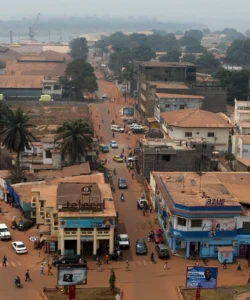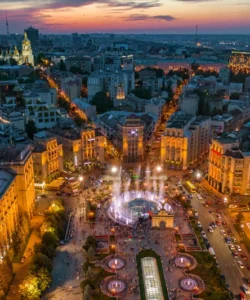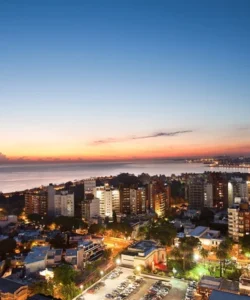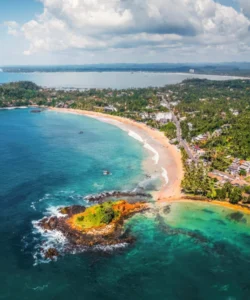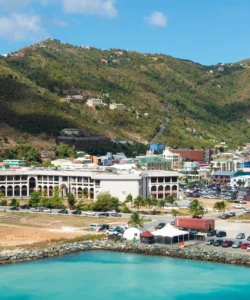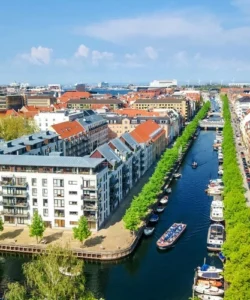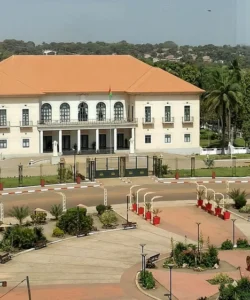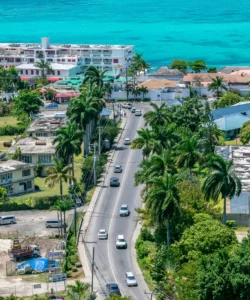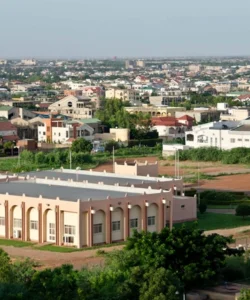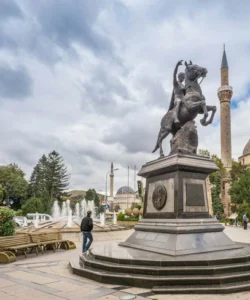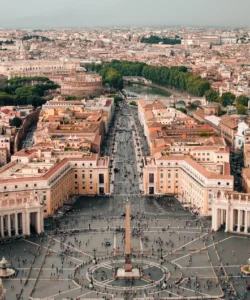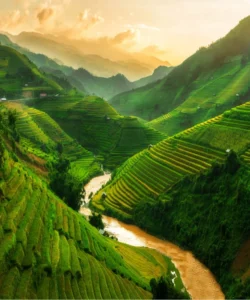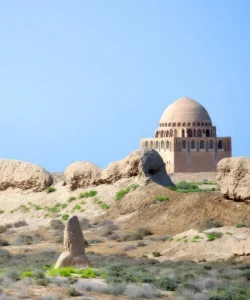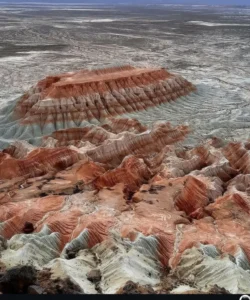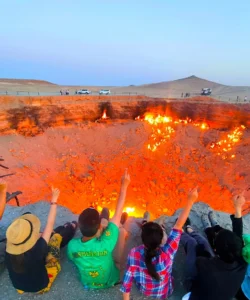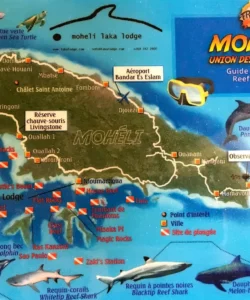Malawi, known as “The Warm Heart of Africa,” is a landlocked country in southeastern Africa, characterized by its friendly people, diverse landscapes, and the magnificent Lake Malawi.
![]()
Area: Approximately 118,484 square kilometers (45,747 sq mi).
Population: Estimated at around 21.1 million (2023).
Language: English is the official language. Chichewa is widely spoken and considered the national language. Other major languages include Yao, Tonga, Sena, and Elomwe.
Currency: Malawian Kwacha (MWK).
Religion: Malawi is a predominantly Christian nation, with Christianity being the most widely professed religion (around 79.3% in 2020). Islam is a significant minority religion (around 14%), along with traditional faiths and smaller communities of Hindus, Baháʼís, and others.
Capital: Lilongwe.
Major Cities: Besides Lilongwe, other significant cities include Blantyre (the commercial hub), Mzuzu, and Zomba (the former capital).
Attractions:
- Lake Malawi: A UNESCO World Heritage site, often called the “Lake of Stars” due to the sparkling reflection of the night sky on its waters. It offers opportunities for swimming, snorkeling, diving, sailing, and relaxing on its sandy beaches. Islands like Likoma Island are popular.
- Wildlife Reserves and National Parks:
- Liwonde National Park: Known for its large populations of elephants, hippos, crocodiles, and a variety of birdlife. Boat safaris on the Shire River are popular.
- Majete Wildlife Reserve: A success story in conservation, it’s home to the “Big Five” (lion, leopard, elephant, rhino, buffalo) after significant reintroductions.
- Nyika National Park: Malawi’s largest national park, characterized by rolling grasslands, unique flora, and diverse wildlife including zebra, roan antelope, and leopard.
- Nkhotakota Wildlife Reserve: Another park that has seen significant wildlife reintroductions, including elephants.
- Mount Mulanje: Malawi’s highest peak, offering challenging hikes and stunning views. The surrounding area is known for tea plantations.
- Zomba Plateau: A forested plateau offering cool temperatures, scenic drives, hiking trails, and waterfalls.
- Kungoni Cultural Centre: Provides insights into Malawian culture, traditions, and art.
- Lizulu Market: A vibrant and busy roadside market near Lilongwe, offering a glimpse into local life and commerce.
Wonders: While Malawi doesn’t have officially designated “Wonders of the World,” Lake Malawi is undoubtedly its most impressive natural wonder.
Architecture: Malawian architecture is a blend of traditional and modern influences.
- Traditional: In rural areas, you’ll find vernacular architecture using local materials like mud, thatch, timber, and bamboo. Common styles include round thatched roofs and mud walls. Granaries are often constructed from bundles of thatch.
- Colonial: Structures from the colonial period often blend traditional African styles with European influences.
- Modern/Afropolitan: In urban areas, more contemporary designs with glass and steel facades and concrete structures are emerging. There’s a growing “Afropolitan” style that blends traditional African and modern European aesthetics.
Roads: Malawi has a road network of around 24,929 km, though a large portion of this is gravel or earth roads. While efforts are being made to improve infrastructure, many district roads, particularly in rural areas, are still in poor condition and vulnerable to climate changes. Major roads like the M1 are undergoing rehabilitation to improve connectivity.
Hotels: Malawi offers a range of accommodation options, from luxury lodges and resorts to more rustic guesthouses and tented camps. You can find:
- Luxury lodges: Often located in national parks or on Lake Malawi, offering high-end amenities and experiences (e.g., Kaya Mawa, Kuthengo Camp, Chelinda Lodge).
- Boutique guesthouses: Like Huntingdon House on the Satemwa Tea Estate, offering unique charm.
- Resort-style hotels: Particularly around Lake Malawi.
- Chain hotels: Such as Protea Hotel by Marriott in cities like Blantyre.
- Budget-friendly guesthouses and backpacker lodges.
Restaurants: Restaurants in Malawi offer a mix of local and international cuisine. In larger cities and tourist areas, you’ll find places serving Western dishes. Many hotels and lodges also have their own restaurants. Local eateries are plentiful and provide an authentic taste of Malawian food.
Cuisine: Malawian cuisine is largely based on staple foods like nsima (a thick porridge made from ground maize flour), which is typically eaten with a relish of meat (often fish from Lake Malawi), beans, or vegetables.
- Key dishes:
- Nsima: The national dish, eaten with hands and used to scoop up accompanying relishes.
- Chambo: A type of tilapia fish, a popular delicacy from Lake Malawi, often grilled or fried.
- Usipa: Small, sardine-like fish.
- Mpasa: Similar to salmon.
- Ndiwo: General term for relishes or stews served with nsima, often containing vegetables like cabbage, pumpkin leaves, or beans, and sometimes meat or fish.
- Other common foods: Rice, sweet potatoes, cassava, and various fruits like mangoes, bananas, and pineapples. Roadside stalls often sell grilled corn.

